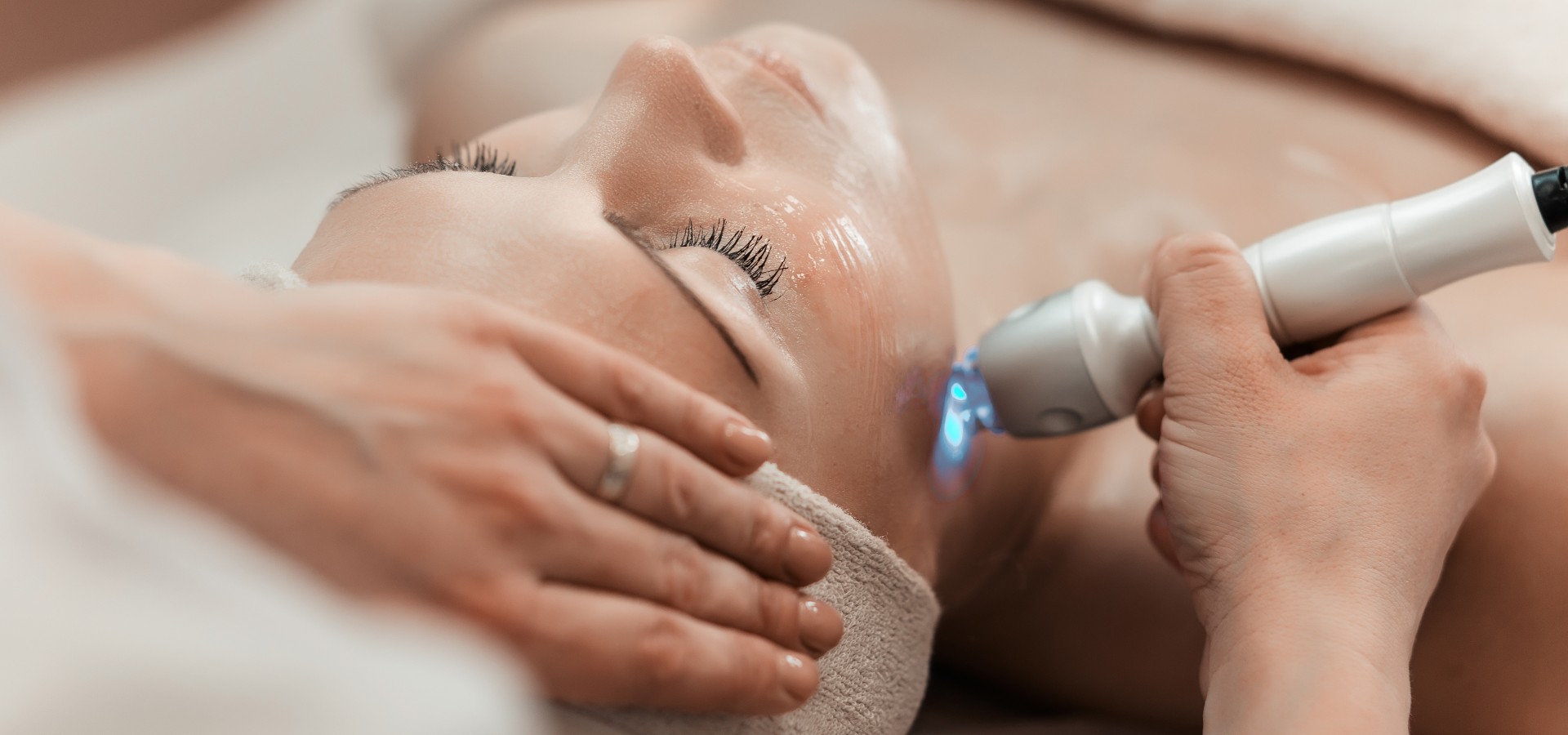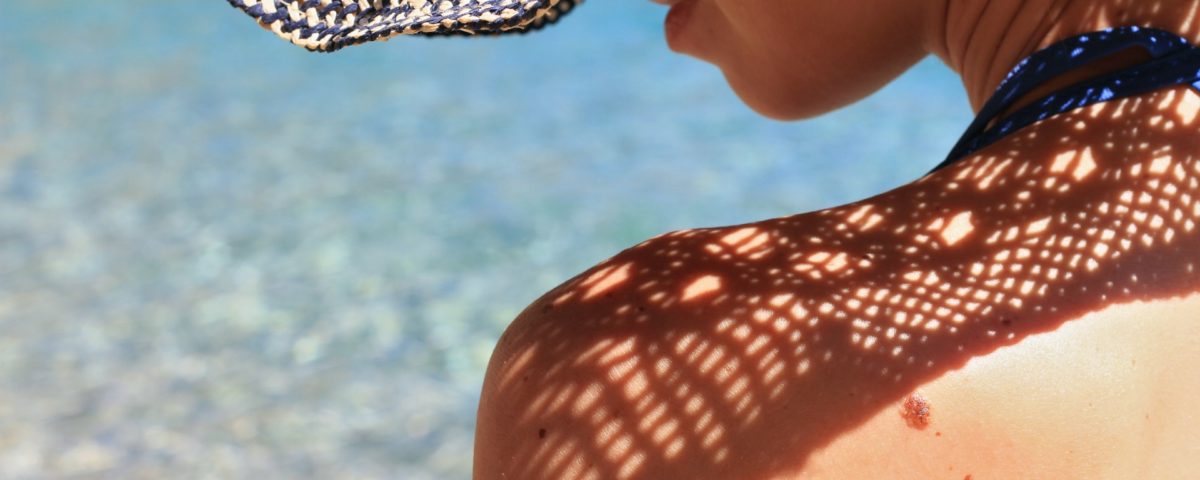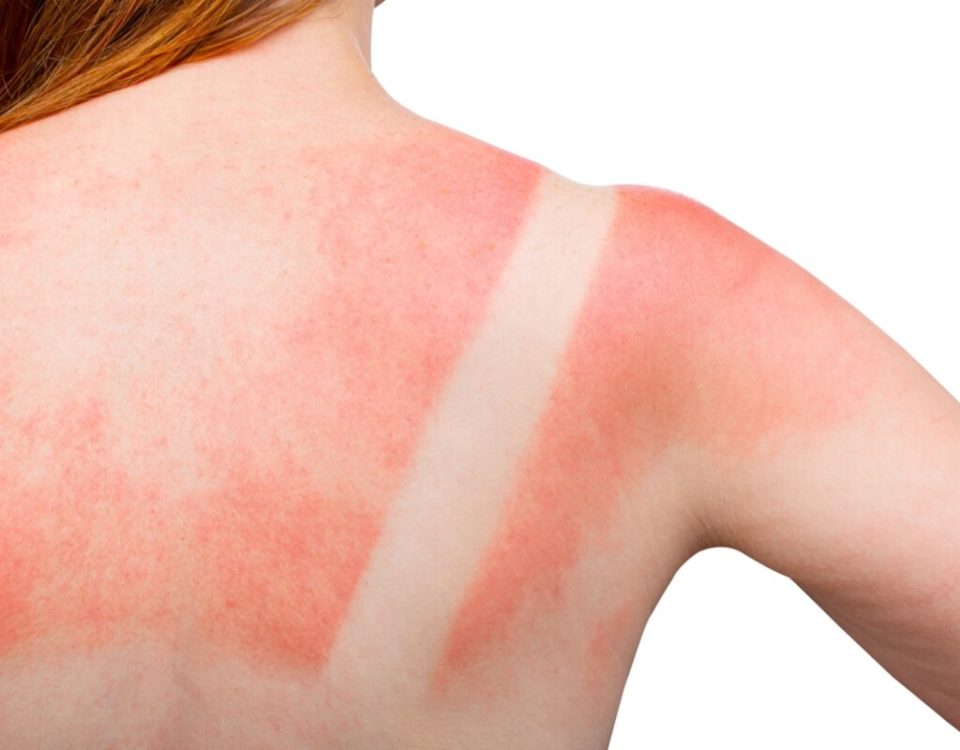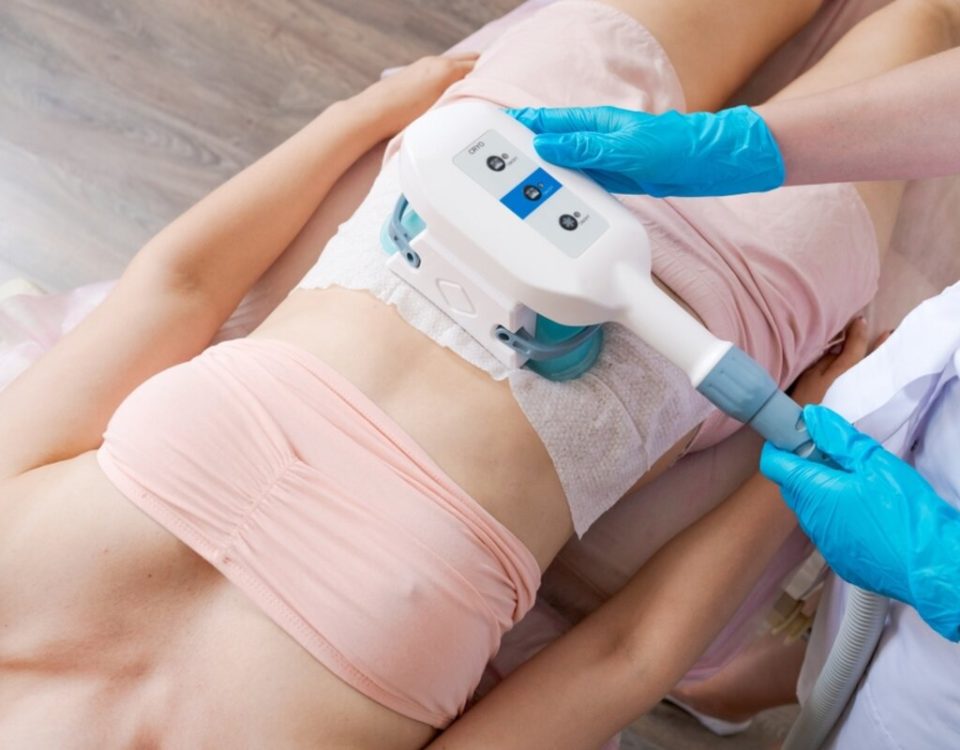
21 Foods That Are Good For Your Skin
July 19, 2021
Is Sugar Aging Your Face? Here’s How to Tell
September 8, 2021Throughout your life, you will spend time outside in the sun – whether that’s from mowing your lawn, walking to a convenience store, laying out on the beach, and everything in between. Your body will produce melanin from UV exposure which is a pigment that darkens your skin. Too much melanin production can create pigment-producing cells that accumulate in your epidermis and appear as dark spots on your skin.
Those pesky brown spots on the skin go by many names – age spots, liver spots, or, more commonly, sunspots. Regardless of which term you use, they all mean the same thing: hyperpigmentation of the skin from prolonged sun exposure. Use this easy guide to understand everything you need to know about sunspots – from effective preventative measures to the best treatment methods.
What Is a Sunspot?
Sunspots on the skin form from excessive sun exposure that occurs from sunburns and daily activities done without adequate sun protection. Common traits of this form of sun damage include:
- Light brown to black coloring
- Flat pigmentation
- Usually round or oval
- May appear in clusters or single area
- Commonly appear on the face, hands, feet, shoulders, arms, and upper back
While they can happen to everyone, there are some groups of more susceptible individuals:
- Fair-skinned individuals
- Redheads
- Anyone 30 years of age or older
- People who regularly use tanning beds or spend time in the sun
It’s also worth noting that certain prescription medications can cause sun sensitivity, so ask your doctor before you soak up the sun.
Should You Be Concerned About Your Sunspots?
While sunspots generally pose no threat to your overall health, it’s essential to keep an eye on them to ensure they don’t become dangerous since certain skin cancers – such as melanomas and basal cell carcinomas – start out looking like liver spots.
Try employing the nifty “ABCDE rule” to spot areas of concern:
- Asymmetry: One side looks different from the other
- Borders: Irregular or blurry edges
- Color: Different colors throughout the spot
- Diameter: It’s larger than 6 millimeters in diameter
- Evolving: Age spot changes in size, color, shape, or texture
While this is a great starting point, speak with your dermatologist promptly if you notice any unusual changes in your sunspots.
Preventing SunSpots
While sunspots are a common occurrence, it is possible to prevent their development. Try incorporating these protective measures below:
1. Always Use Sunscreen
Having a broad-spectrum sunscreen in your arsenal is your first line of defense against harmful UV rays. Most dermatologists recommend at least an SPF 30 that you apply at least thirty minutes before sun exposure and continue reapplying every additional two hours after that. Don’t forget to increase your application if you are swimming or playing sports to ensure you are fully protected after toweling off.
Please remember that not every sunscreen is created equal; therefore, make sure you use sunscreen with face-friendly ingredients.
2. Seek Shade at Peak Hours
As a rule of thumb, it’s best to limit your sun exposure when the sun is at its strongest – from 10 am to 4 pm. For this reason, it’s best to seek out shade, utilize extra protective gear, and minimize sun exposure. All of these tactics will help reduce the likelihood of developing sunspots.
3. Avoid Tanning Beds
One of the worst activities you can do is use tanning beds. While “sun-kissed” skin has been a popular trend for many years, it doesn’t come without a cost. Frequently using indoor tanning beds increases the chances of sunspots and potentially cancerous melanomas. With that in mind, it’s best to avoid tanning beds altogether.
4. Wear UV Protective Clothing
Did you know that the clothes you wear can also help protect you from the sun’s UV radiation? There are so many retailers now offering SPF protection with long-sleeve shirts, shorts, and dresses. As you gather your protective clothing, don’t forget about UV sunglasses and wide-brimmed hats. These small actions will help keep your skin safe without sacrificing style.

Excellent Sunspot Treatments
When prevention fails, you still have the opportunity to seek out safe treatment options for your sunspots. Check out some of the procedures that are best for treating sun-damaged skin:
1. Try Microdermabrasion
Since exfoliation is one of the best ways to treat sunspots, it’s easy to understand why microdermabrasion’s more in-depth exfoliation process would be beneficial. Consider adding this treatment after getting a chemical peel to help speed up recovery and the appearance of liver spots.
2. Explore Chemical Peels
Don’t let the name fool you, these treatment solutions use highly effective and skin-friendly ingredients to help lighten hyperpigmentation. They are available in three options, ranging from superficial, medium-depth, and deep. For reducing the appearance of liver spots, a light or medium-depth chemical peel is recommended. Learn more about chemical peels and how they can help.
3. Consider Photofacials
Photofacials, or Intense pulsed light (IPL) therapy, uses intense pulsed light to heat your skin to remove damaged skin and lift hyperpigmentation. This treatment is exceptional for the rest of the body. Skin discolorations have shown marked improvements after these treatments.
4. Contemplate Laser Therapy
Laser skin resurfacing works by making tiny injuries on the skin which trigger your body’s natural healing process. This wound-healing response then sends collagen and elastin to “heal” the area and form new skin.
While using lasers to treat the appearance of sunspots can be very effective, it’s not for every skin type. Those with darker skin may develop post-inflammatory hyperpigmentation (PIH).
Get Help From SpaMD
Even though prevention is the best method for avoiding sunspots, that’s not always an option. For all other moments, it’s essential to have an easy guide to sunspots to help determine treatment options and safety concerns. The talented technicians at SpaMD understand how vital your skin texture is, which is why our team is proud to offer the best treatments for your sun-damaged skin.
New Clients:
$35 deposit for all new clients
Cancellation/No Show Policy:
$35 fee for all no show, no call and any cancellations less than 24hrs before the start of your appointment.Any prepaid services will be forfeited.
Call us at +1(651)222-4490
Email us at SpaConsultantsMD@gmail.com
or, Schedule a free consultation
We are located on the main level inside of the Blair Arcade Building. We validate parking in the lot connected to the building off of Selby. Be sure to bring your ticket in with you!
Business Hours:
Monday: 9:00am - 8:00pm
Tuesday: 9:00am - 5:00pm
Wednesday: 9:00am - 8:00pm
Thursday: 9:00am - 8:00pm
Friday: 10:00am - 5:00pm
Saturday: 9:00am - 2:00pm (3 Saturdays per month- please call or email for more information)




